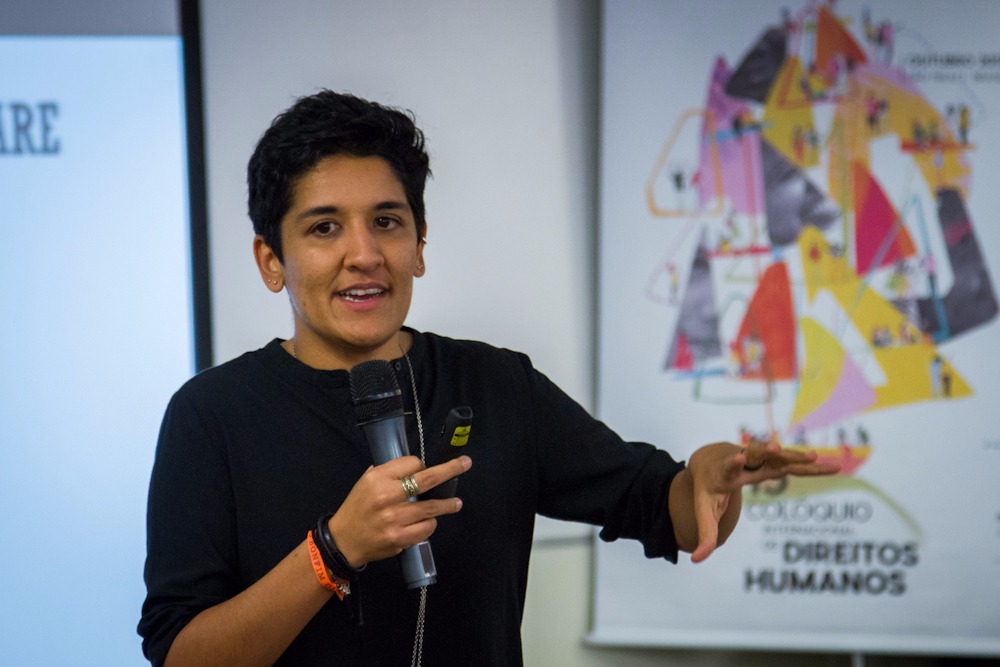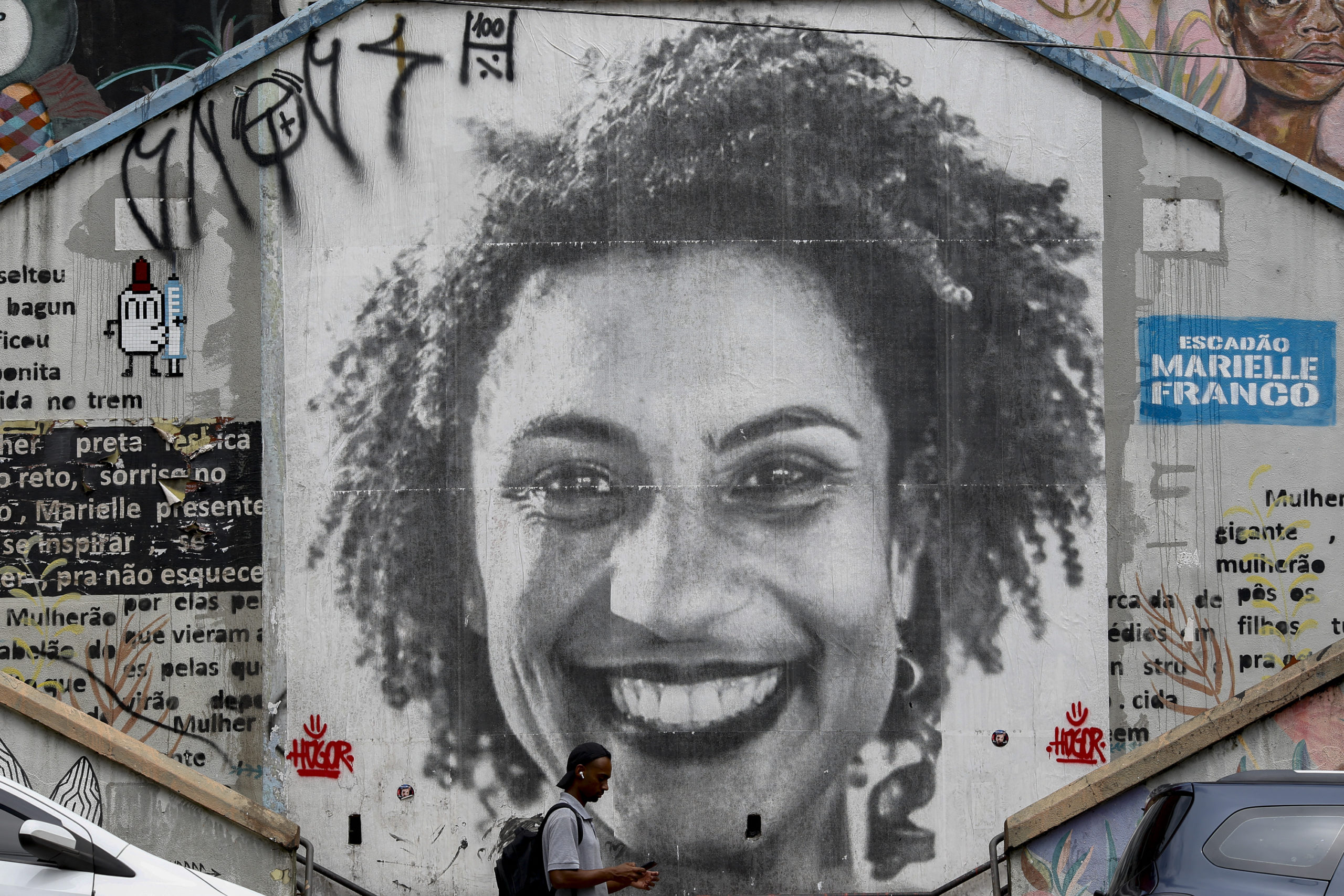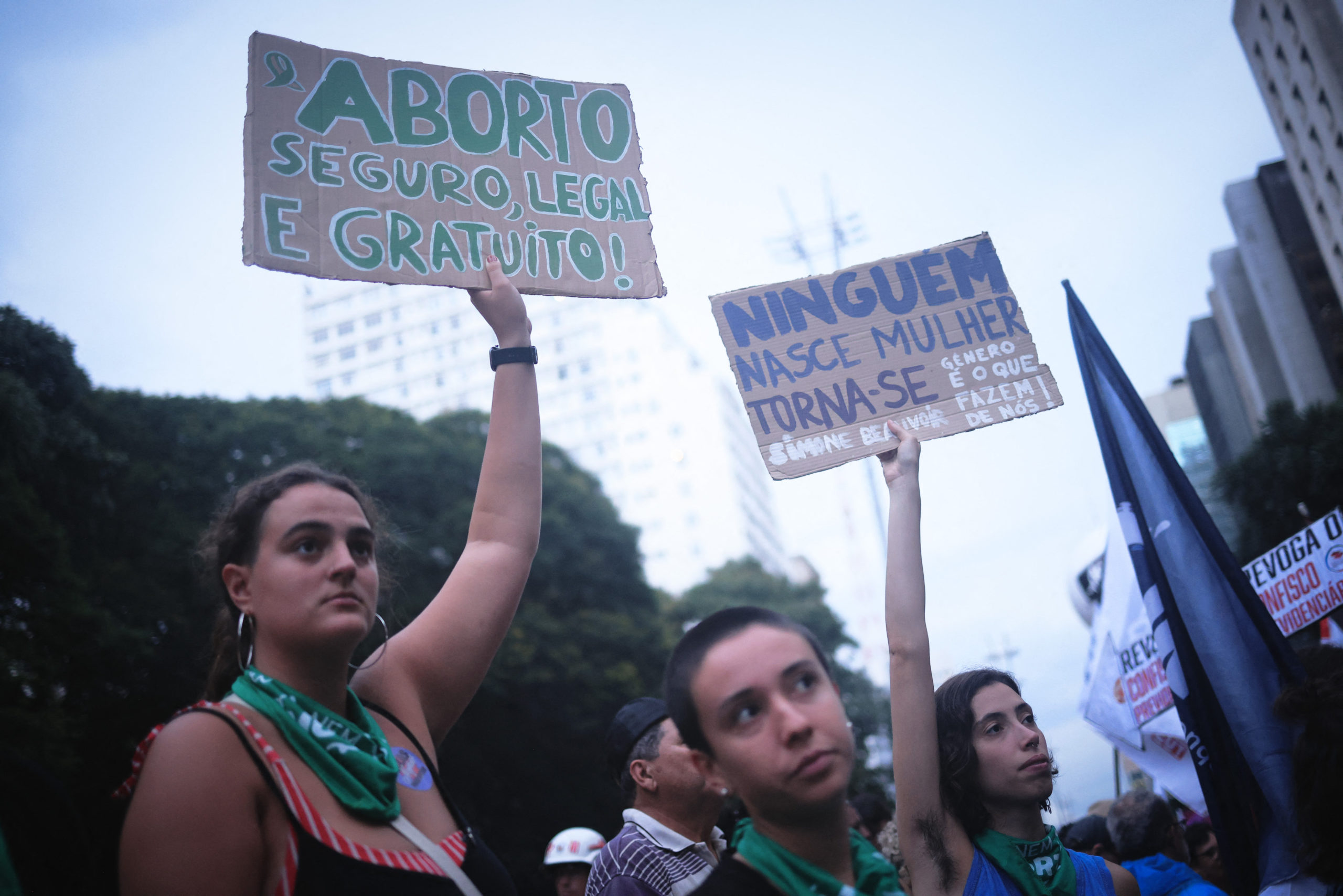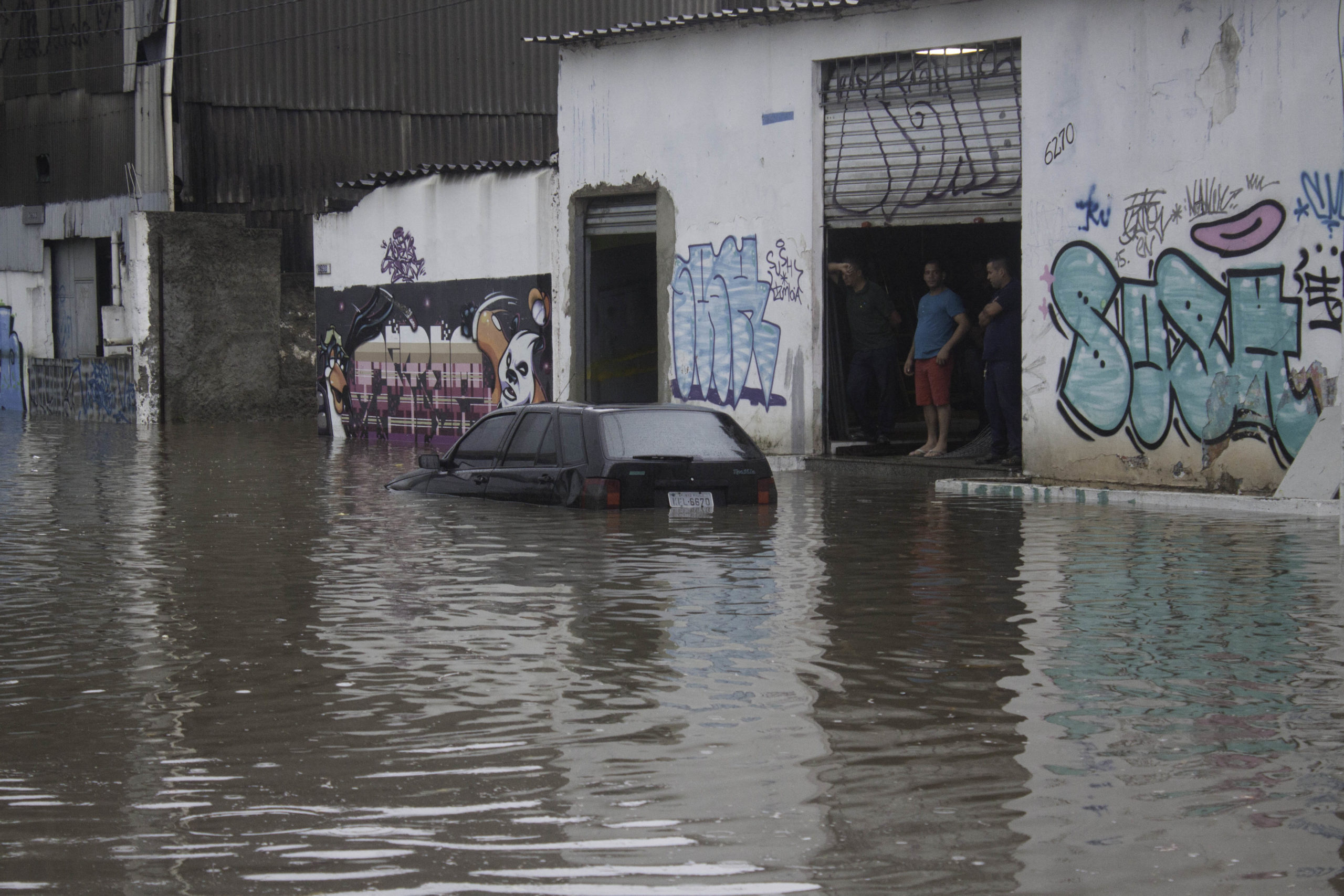Activism outside the box
Creative interventions, culture and personal experiences are part of this method

by Sarah Furtado*
.png) The challenge of securing civil participation in the struggle for human rights has been ongoing for decades and new languages and consumption habits have generated a new demand in this respect. Information alone is no longer enough to drive practical engagement. In this context, human rights defenders and activists face the challenge to create more relevant communication using creative interventions and cultural tactics.
The challenge of securing civil participation in the struggle for human rights has been ongoing for decades and new languages and consumption habits have generated a new demand in this respect. Information alone is no longer enough to drive practical engagement. In this context, human rights defenders and activists face the challenge to create more relevant communication using creative interventions and cultural tactics.
Ishtar Lakhani, of the NGO SWEAT (Sex Workers Education & Advocacy Taskforce), was the facilitator of a workshop on Creative Activism on Thursday, October 5, during the 15th International Human Rights Colloquium. “It’s very common to be trapped in a specific working format. Just because you don’t draw art or make sculptures doesn’t mean you’re not creative. Everything is a creative process. We just need to think outside the box”.
The methodology of Creative Activism aims to apply creative ideas, and art itself, to the realm of activism. Ishtar pointed out the importance of incorporating culture into the creative process. “It’s impossible to do activism without culture, because most of our work involves creating a culture of human rights that respects the human being and the environment around us,” she said.
The process of changing rights-violating practices should always be analyzed based on the sociocultural context, after which it is possible to develop creative strategies to raise awareness and tackle these practices.
Ishtar offered some tips on how to improve activism actions and interventions. “It’s important to understand that the truth alone is not the answer,” she explained. “Everyone knows that smoking is bad for your health. There are countless studies and campaigns demonstrating this. Do people stop smoking? No. The truth needs help to generate action,” she added.
One way of generating this transformation is to inspire feelings. “Activists are good at organizing events, artists are good at stirring up emotions,” said Ishtar, pointing out that many human rights defenders choose their work as a result of personal experiences. “I decided to get involved with human rights because I saw my father suffer a profound situation of inequality. My father was arrested and this caused me to change. It wasn’t signing a petition that got me interested, it was a personal feeling”.
To use creative activism is to transform information into an experience. This is what happened at the International AIDS Conference, in 2015. In order to demand visibility for sex workers, who are always ignored at these events, SWEAT in partnership with the Center for Artistic Activism staged a series of actions to create an impact.
“We made a sign that read ‘you have been speaking for ____ hours without mentioning sex work’. And we put a digital clock in the space,” explained Ishtar. As the talks went on, the timer was ticking. The speaker who mentioned sex work for the first time was applauded by the audience who had been accompanying the clock.
“As soon as it happened, we turned the sign over and it said ‘Thank you!’ on the other side, and we put the clock back to zero until the next speaker started to talk,” she said. This put pressure on the speakers, who ended up changing their talks to include sex work.
Creative Activism is a simple and inexpensive way of causing an impact and creating visibility for causes. Ishtar concluded by saying “it’s better to have 200 bad ideas than 5 good ones. Sometimes the silliest thing can turn into a brilliant idea”.
About the Colloquium
Between October 2 and 6, 80 human rights activists from 31 countries are gathering in São Paulo for the 15th International Human Rights Colloquium. The objective of the event is to discuss the theme “Human rights: crisis or transition?”, share experiences and propose solutions to face setbacks at local, regional and global levels.
This year, Conectas organises the meeting with Forum Asia (Thailand), the Human Rights Centre of the University of Pretoria (South Africa) and Dejusticia (Colombia). The event is supported by Ford Foundation, OAK Foundation, Open Society Foundations, Channel Foundation and The Fund For Global Human Rights. We also thank the FGV (Fundação Getúlio Vargas), the Memorial of the Resistance, APAC (Associação Pinacoteca Arte e Cultura), the Immigration Museum and the government of the State of São Paulo, that generously provided with the venues for the meetings.
*Sarah Furtado is a volunteer journalists from the coverage group of the 15th International Human Rights Colloquium. English translation by Partha Sarker, a refugee from Bangladesh.


